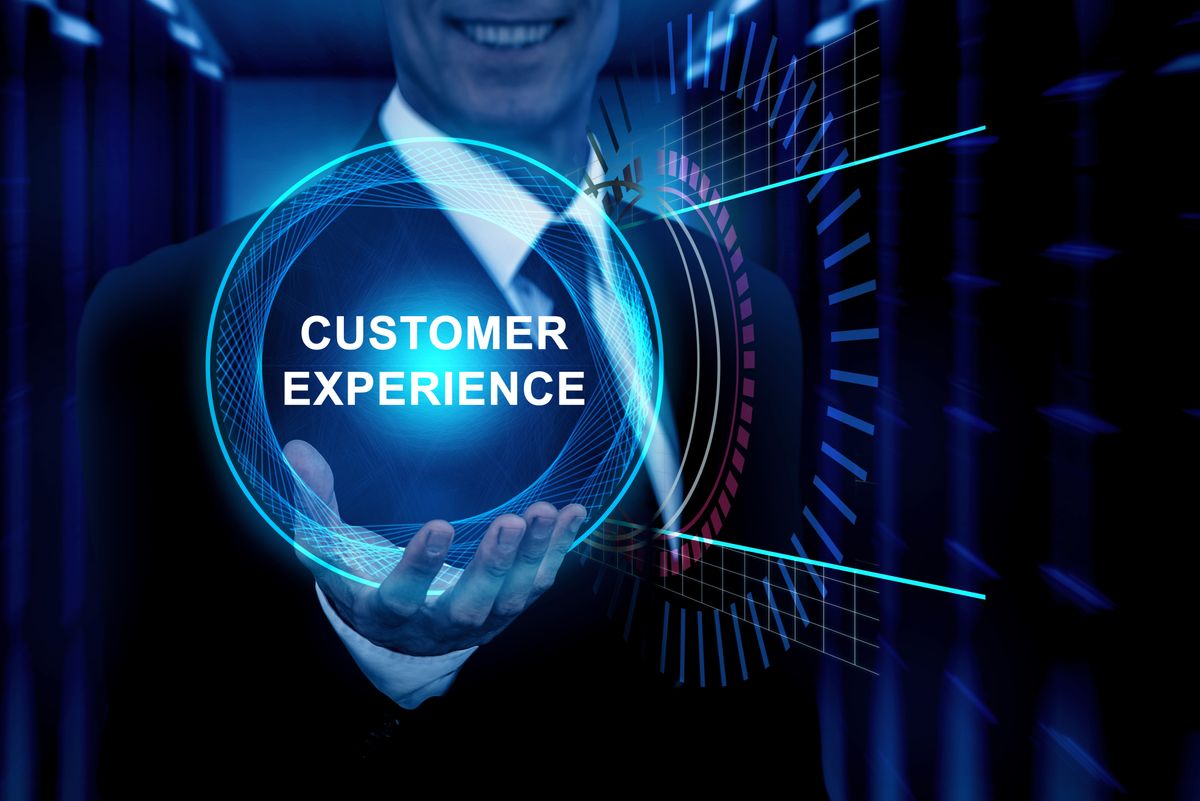Embracing a Customer-Centric Approach and Moving Beyond the Old Customer Funnel

The traditional customer funnel, once an effective framework for guiding customers through a linear purchasing journey, has become outdated in today's rapidly evolving business landscape. The old customer funnel is no longer effective at capturing the complexity and non-linear character of contemporary consumer behaviour due to the introduction of new technologies, numerous touchpoints, and a wealth of information at customers' fingertips.
Businesses need to rethink their approach to consumer engagement and adopt a more individualised and flexible strategy if they want to adapt and survive in this dynamic market. In this post, we'll look at four crucial steps you need to take to go past the traditional customer funnel and adopt a more customer-centric strategy.
Step 1: Recognize the Need for Change
- Acknowledge the limitations of the old customer funnel: The traditional customer funnel is based on a linear and sequential process, assuming that customers move through a predetermined path from awareness to purchase. However, consumer behavior has evolved, and customers now have access to more information and multiple touchpoints before making a purchase decision.
- Embrace a customer-centric approach: Rather than focusing solely on pushing customers through a predefined funnel, shift your perspective to understand and meet the needs of individual customers.
Step 2: Understand the Customer Journey
- Map out the customer journey: Identify key stages, such as awareness, consideration, evaluation, and purchase, but also acknowledge that customers may enter at any point. Use customer data, feedback, and market research to inform your mapping process.
- Identify customer pain points and opportunities: Analyze the customer journey map to identify pain points, bottlenecks, and areas where customers might be dropping off. Look for opportunities to enhance customer experiences, address their needs, and provide value at each stage.
Step 3: Embrace a Multi-Touchpoint Approach
- Implement an omnichannel strategy: Recognize that customers interact with your brand through various channels, such as social media, email, websites, physical stores, or customer service. Embrace an omnichannel approach that ensures a seamless and consistent experience across all touchpoints. Integration of data and systems is crucial to enable a holistic view of the customer and personalize interactions based on their preferences and behavior.
- Engage with customers in real-time: Leverage technology and automation tools to engage with customers in real-time and deliver personalized messages and offers. By embracing real-time interactions, you can build stronger relationships with customers and increase their engagement and loyalty.
Step 4: Measure, Learn, and Adapt
- Set meaningful metrics: Establish key performance indicators (KPIs) that align with your new customer journey approach. Measure metrics such as customer satisfaction, retention rates, repeat purchases, and lifetime value to gauge the success of your efforts..
- Continuously test and optimize: Adopt a mindset of continuous learning and improvement. Implement A/B testing, gather feedback from customers, and analyze data to understand what works and what doesn't
In summary, getting over the old customer funnel requires a shift in mindset, understanding the customer journey, embracing a multi-touchpoint approach, and continuously learning and adapting. You may create more individualised and interesting experiences that meet the requirements and expectations of the modern client by recognising the need for change and putting a customer-centric strategy into practise.




